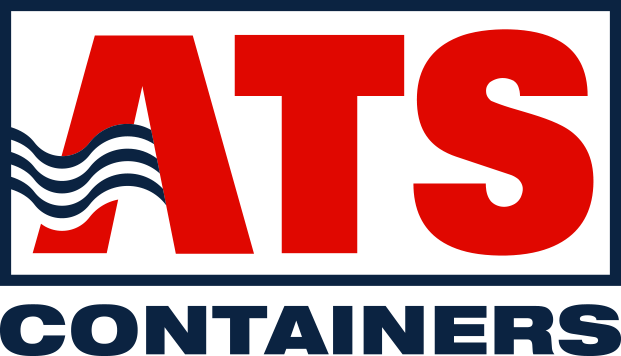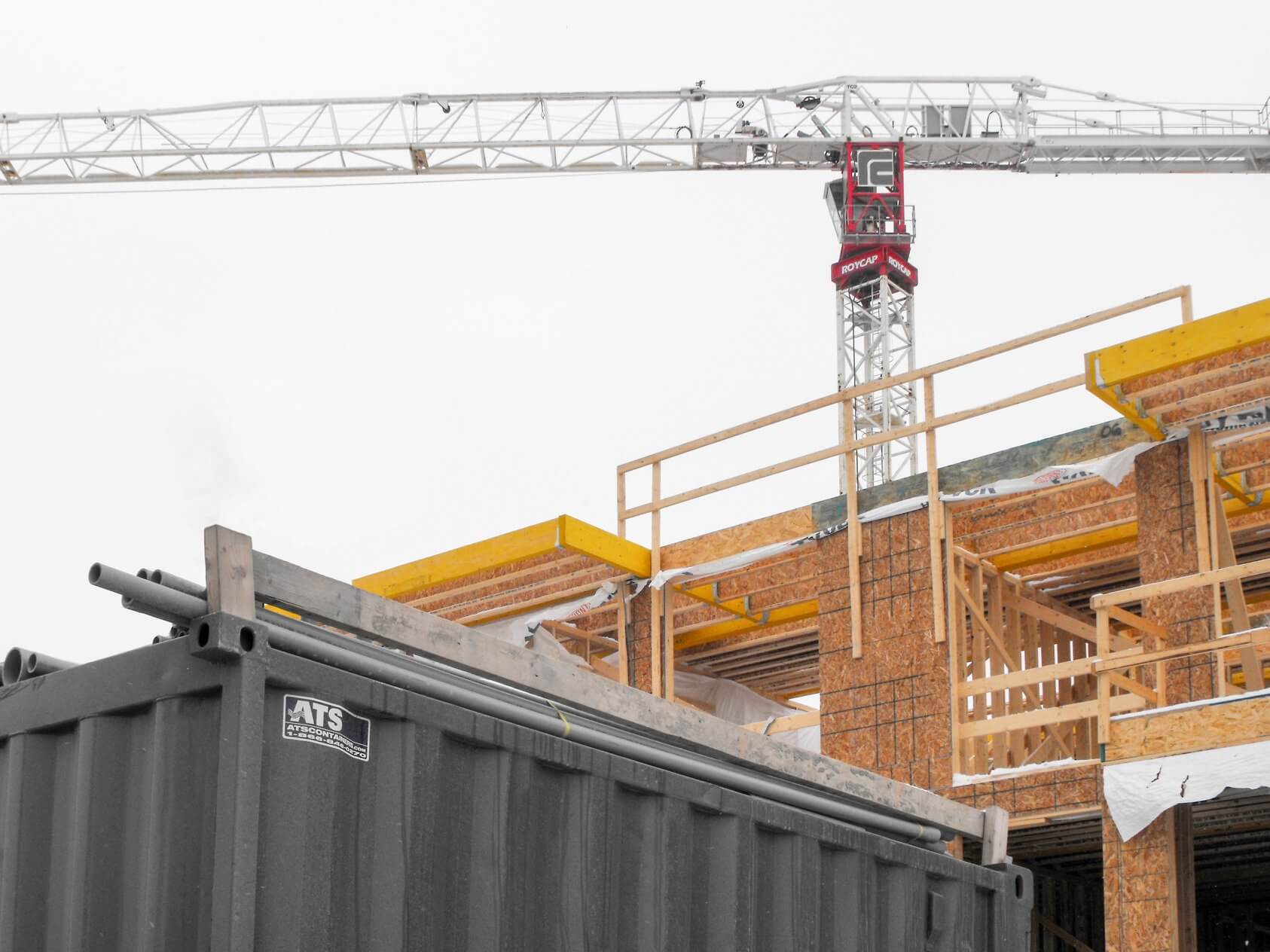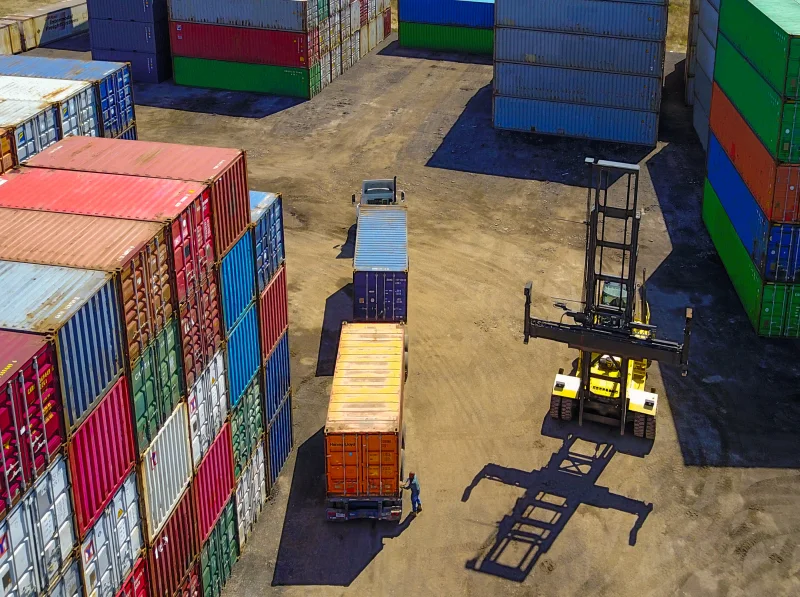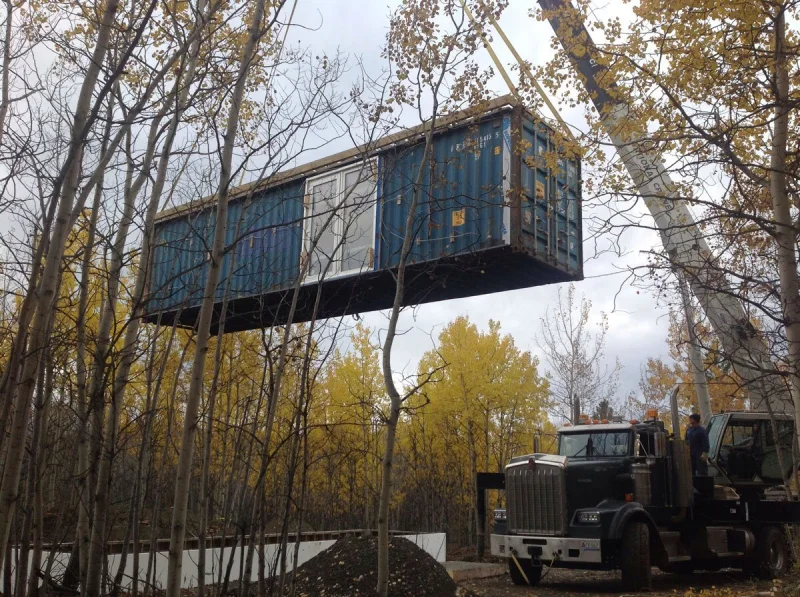Long distance container delivery
When delivering shipping containers to long distance or remote locations, a flatbed or step deck trailer is used. The type of container will determine the trailer needed for delivery. A standard height container will require a flatbed trailer and a high cube container will require a step deck trailer.
Height Matters
Difference between STD and HC storage containers.

Standard Container (STD)
Standard container delivery with a flatbed trailer
Flatbed trailers are the most common method of long-distance transport for standard height containers and the most cost effective per km. The shipping container will sit on the deck of the flatbed trailer. The deck is fixed and machinery such as a crane, boom truck or forklift will be required to unload the shipping container from the truck deck.


High Cube Container (HC)
High cube container delivery with a step deck trailer
High cube containers require a step deck trailer. Similar to the flatbed, however the trailer is lower to the ground with a fixed deck and also requires machinery to unload the container such as a crane, boom truck or forklift.

Equipment
Required
A crane or boom truck is often the most common machinery used to offload a shipping container from a flatbed or step deck. A crane or boom truck is capable of lifting the container from it’s corner castings and allowing for more on site flexibility with regards to space constraints and container placement. It can also be cost effective compared to renting a heavy duty forklift. 20ft and 40ft empty containers can be unloaded using an 18,000lbs heavy duty forklift with a 48” load center and 8’ long forks. Standard warehouse forklifts typically do not meet the criteria. The equipment required to unload will depend on the size and weight of the container.
For long distances, inquire with a local transporter about the option
to have the container delivered on a backhaul.
Using your own transportation for delivering a storage container can be a practical and cost-effective alternative for remote container deliveries. A backhaul presents a favorable option when feasible. Typically trucks from remote areas are paid to deliver cargo to major cities but often times the return trip is empty. A backhaul refers to the return leg of this trip. For instance, after delivering a load from Timmins, ON to Mississauga, ON, instead of returning with an empty truck, there is an opportunity to secure a backhaul. This would mean loading the container for the return transport.
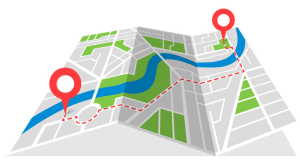
Here are some key points to consider:
- Loading capabilities
- Cost savings
- Flexibility
While using your own transportation can sometimes provide cost savings, it’s important to carefully assess the associated costs, regulatory requirements, and logistical considerations to ensure a smooth and cost-effective process.

